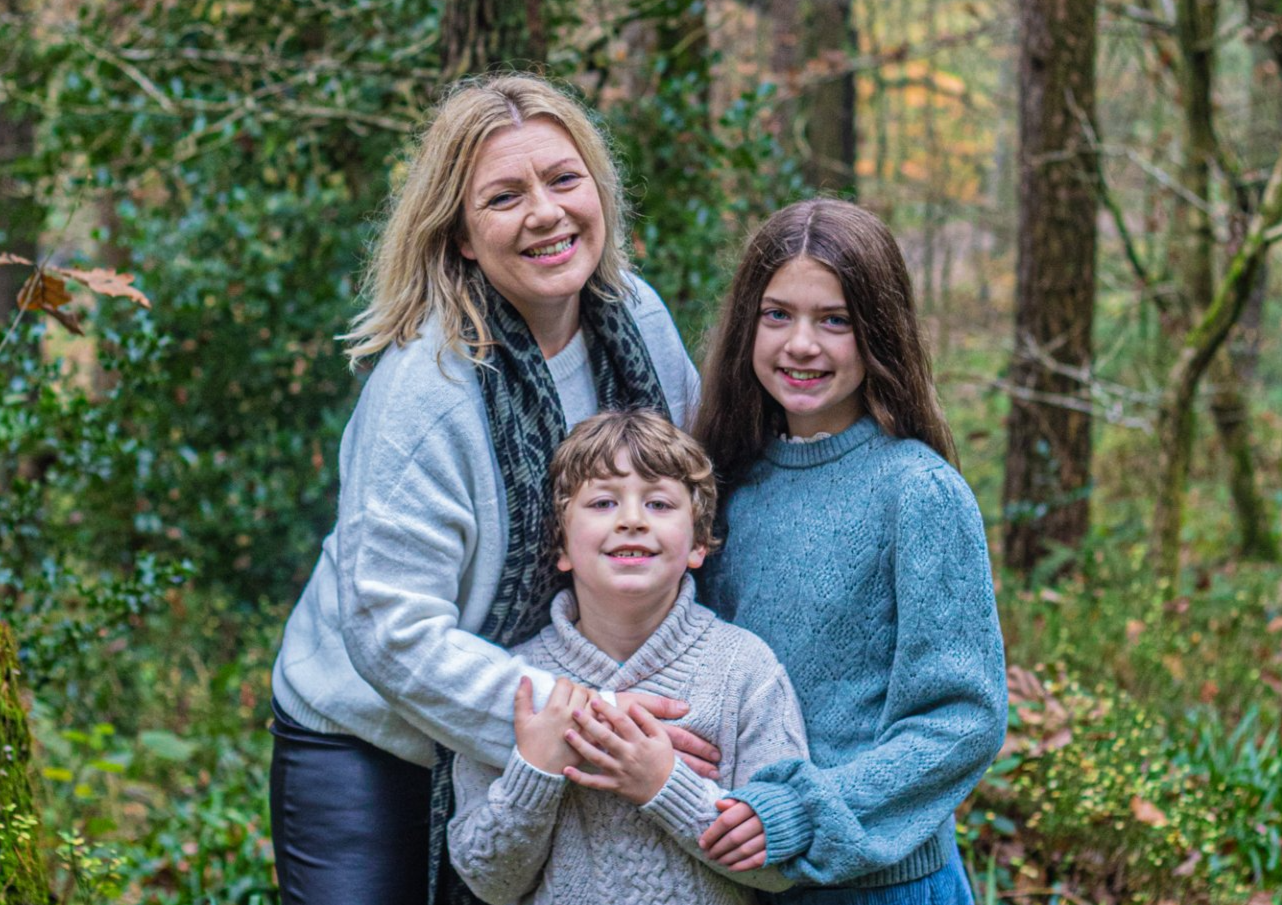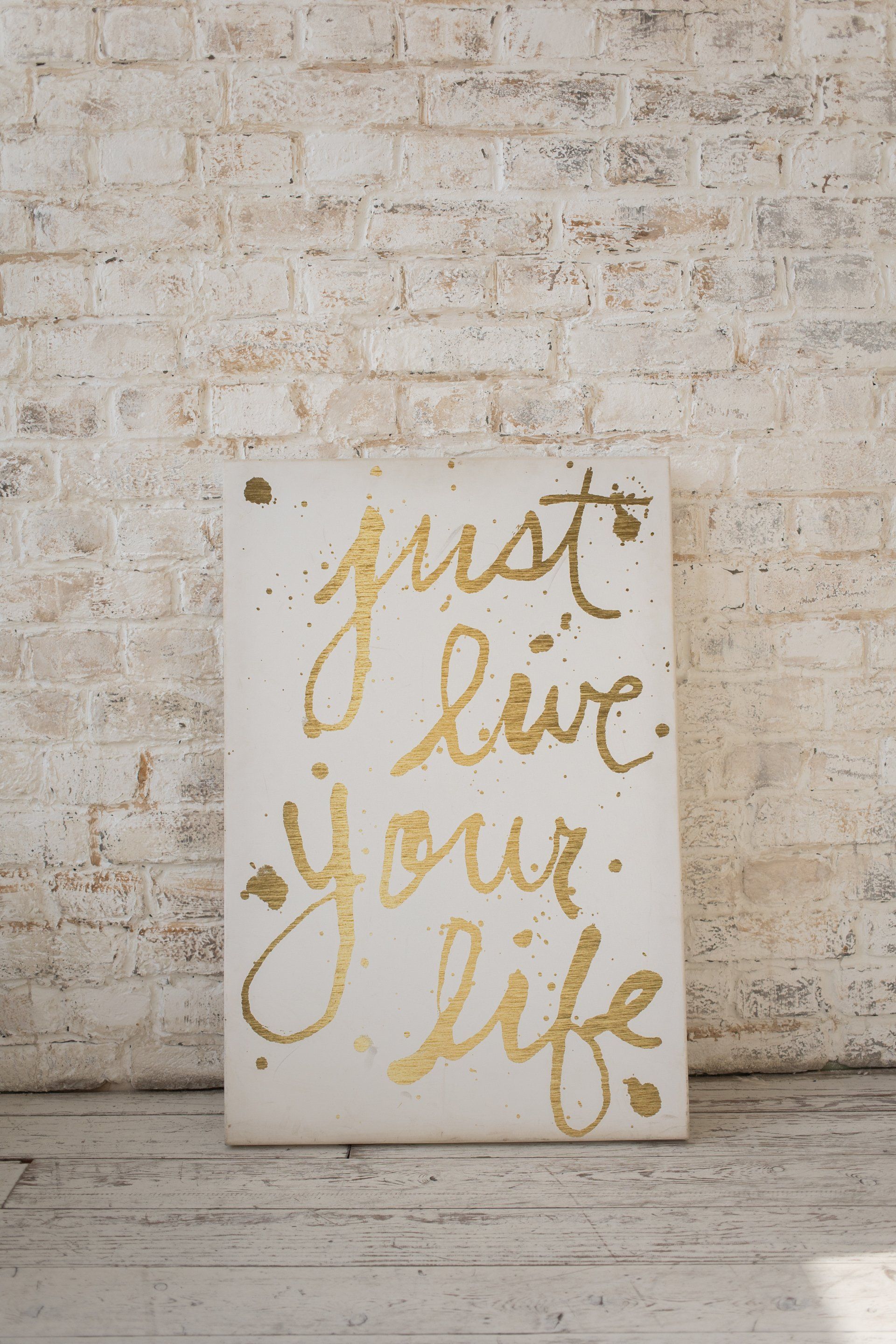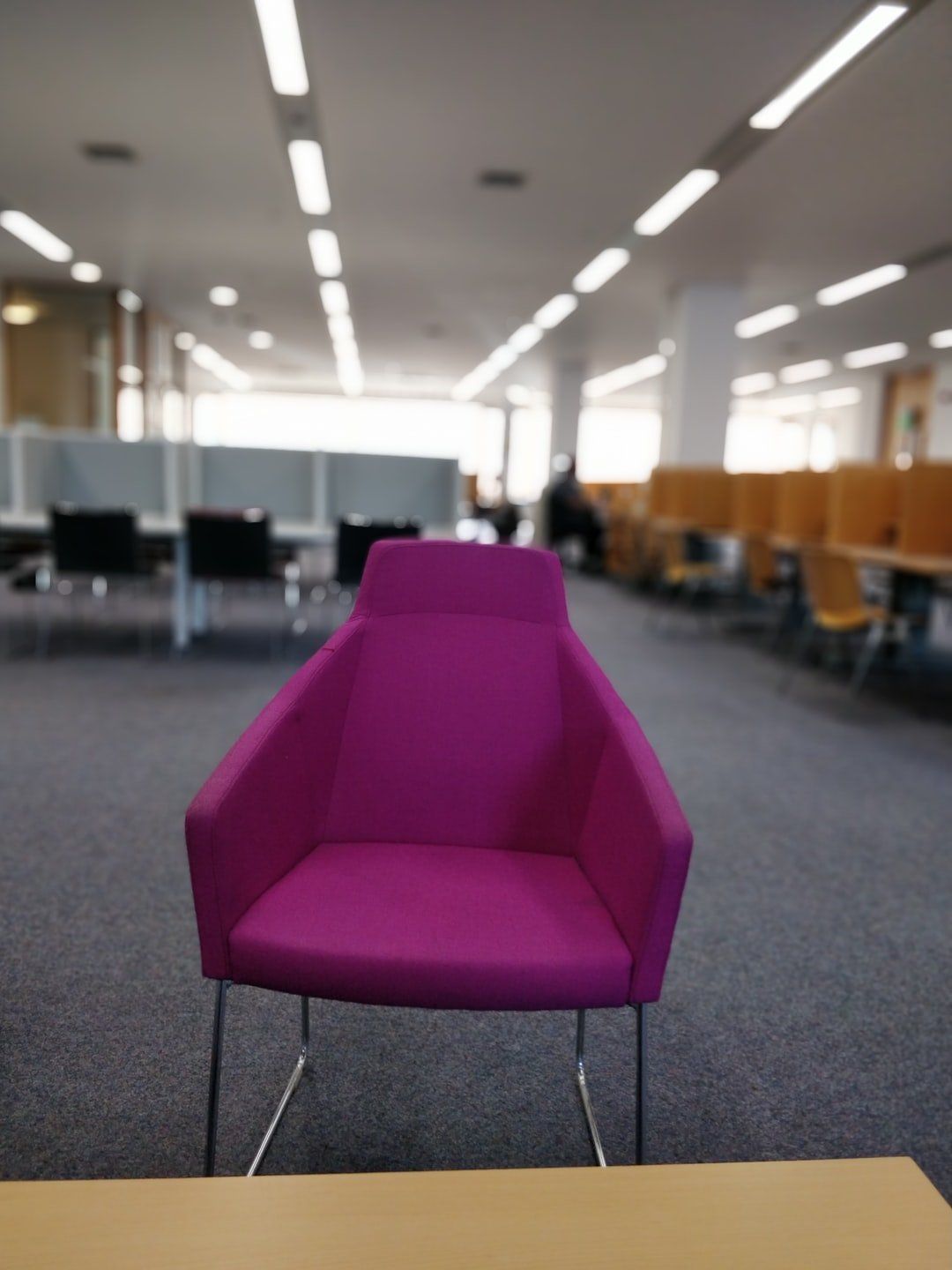07717737874
enquires@sarahjchapman.com
Calm in the Storm
Sarah J Chapman • April 17, 2020

Humans need certainty. In differing amounts, sure – but ultimately we each need a personal dosage of certainty constantly in order to be simply functional. The flip side of this is that we each also need a level of uncertainty. This human paradox means that too much certainty equals boredom and too much uncertainty equals reducing us to our basic survival instincts.
Contact Me
Those of you who want to jump out of planes, off skyscrapers or mountains and soar down to earth at crazy speeds with only flimsy materials need far less certainty than I do. Regardless of your heightened need for uncertainty, even you adrenaline junkies need some level of certainty (or at least the illusion of). In contrast the need for uncertainty for some can be fulfilled with the smallest ‘adventure’. Visiting a new place, finding a quiet beach or even just watching a new film on Netflix.
An ancient proverb says ‘Know Thyself’. Increased pleasure in the experience of life can be found in knowing yourself better. One of the ways of doing this is to know where and how the human paradox of certainty v’s uncertainty is driving you. Here are some questions you can start with: Are you finding it difficult to maintain one relationship? Do relationships quickly lose their appeal? Perhaps you don’t jump from relationship to relationship but you find yourself frequently moving jobs or starting new projects and having a reputation for not completing them. Or do you need regular vacations to new places? On the flip side you may place a far higher emphasis on the need for certainty, so much so that you have stayed in a job or relationship even though it is not working for you. Or perhaps you always order the same meal at the restaurant or always go back to the same place for your holiday?
CHALLENGE: A useful exercise is to look at your current vehicle that supplies your dose of certainty and uncertainty. Having more clarity you can ask yourself the following questions: Are my vehicles healthy? Are they positive for me and the people I care about? Do they move me closer to my best life? That is assuming that you have a clear idea of your BEST LIFE. If you don’t – now is the time to create a clean vision. Quarantine lock down – a time to dream up your future.
When you feel your anxiety increasing, ask yourself what can you be in control of right now. Think of three things you are completely in control of e.g. I can smile even if I don’t feel like it. I can sing out loud in the shower. I can call a friend. It doesn’t matter what the things are – only that you are reminding yourself of three things you are in control of. Another technique that is scientifically backed and simple to implement is to quickly move your eyes from side to side, it sets off an instinctive reaction in the brain as it is tricked into thinking you are in action. Distracting that prefrontal cortex from trying to overdrive plan when it’s offline.
Too much uncertainty (or the perception of too much uncertainty in a moment reduces us to our most basic survival instincts. Not convinced? Consider for a moment that you are at the end of a mundane day at work; same routine; same journey home; same faces and as you walk to your home you wish for more variety. You are walking the last part of the journey considering applying to that company when you feel someones forceful grip and a cold metal object against your skull. In that split second the wish for more adventure is shattered into insignificance because too much uncertainty reverts us instinctively to pure survival mode. In a situation where your life is endangered this is a desirable mechanism. But we have to recognise that it is not desirable for us to be in a fight or flight state with the current pandemic. Unless we are imminently facing death we can be being productive and calm during this time.
But, let’s get specific with the current global scene. Thinking about the paradoxical human need for certainty and uncertainty; it is highly likely that you are feeling a higher level of uncertainty than usual. And if not you, then maybe this applies to someone close to you. You or the people you care about may be one of the people who have need of the higher dosage of certainty and during this time you may be experiencing some or increased anxiety. Firstly, understanding the human need as we’ve already discussed will help you understand what is happening and what is driving your behaviour.
Dr. Judson Brewer, Associate Professor in Psychiatry at the School of Medicine at Brown University. Research Affiliate for MIT and Director of Research in Innovation at the Mindfulness Centre. Explains how our survival mechanisms can ‘spiral out of control’. He suggests that we should all understand that fear is a mechanism that is designed to help us survive, and should be acknowledged as a useful tool – unless it is out of context. Dr. Brewer discusses the function of the prefrontal cortex and how this part of the brain is ‘the planning part of the brain’; a highly necessary and useful survival tool that is also able to become less helpful when accurate information is not being provided.
The planning part of the brain requires information and it does not decipher if that information is from logical sources, it takes it and with knowledge gained from past experiences, decides on the level of certainty and fear levels. In this current pandemic situation we do not have a past personal experience to rely on and we are blind in terms of understanding what the future will look like, after or even if this pandemic is over. This high level of uncertainty can push up levels of anxiety which Dr Brewer explains has ‘our thinking brain go offline’. He encourages us to find ways to prevent this and keep our thinking brains ‘online’. But we can’t think our way through this. He says that our ‘thinking brain doesn’t actually hold a candle to our feeling body because those feelings are where urges and cravings come from’. In the sense of certainty and uncertainty then it isn’t simply about thinking on the concept. You start there and then use techniques to work on the ‘feeling body’.
Negative emotions such as worry and anger are for many of us a habit in exactly the same way that smoking or any other addiction is. It is wired into your neurology as a habit (research the creation of habit loops for a more in depth exploration). First an experience of the world or of yourself occurs (likely unnoticed as the prompt) which triggers a memory which in turn triggers an urge (due to the bio chemical change created by the memory – that is what an emotion is – a change in biochemistry) and then follows the behaviour. CHALLENGE: The first helpful thing you can do then is map out your emotions, chart them every day for 4 or 5 days (longer if needed – until a pattern emerges). Once clarity is established here then you’ll start to recognise patterns in when negative feelings show up or increase. Maybe it’s when you have been on social media or when you play a certain piece of music. Identify the levels of worry/stress you feel and then develop it further by having a scale that is relative to you personally. Do you feel like a 5 (your best – no stress or negative feelings) first thing in the morning and a 1 (your worst) by nighttime? Map it out and get clarity. NOTE: often people are getting a pay off from their worry, anger or other negative feelings – it is most likely that it allows you the feeling that you are taking action to a greater than degree than if you didn’t feed into the negative emotion. Anger may be logically an nonconstructive behaviour but for the angry person it feels like they are in action. Imagine the feeling of anger or worry then contrast it with meditating and humming and you may be able to feel why anger and worry feels like you are in action.
Dr. Brewer states that after you have become aware of your triggers the final step is to provide yourself with an upgraded option. Maybe you want to look on Facebook but you are clear it increases your anxiety so you need to find an alternative, an upgrade that is positive and moves you towards your BEST LIFE. This can be anything but you have to really wire it in as being a better option. It is not going to feel like a better option initially but you spend time experiencing the alternative and celebrating it until you feel more inclined to choose that option instead of the one that triggers a negative response of increased anxiety. You will need to consciously consider what feels good that is a healthy accessible vehicle e.g. cuddling your partner, children or pets. Going outside in the garden and looking at the flowers. Baking. Reading. Watching your favourite type of film. Face timing family or friends. Setting out a plan and fulfilling it. Decorating. Making something. Writing the book you always think about writing. Starting your blog. Planning your tour around the world. What is it you want? It can be anything – just get clear about what feels better than worrying. CHALLENGE: Create a list of your favourite things and give them happy points. Here is some of my list: a hot coffee (alternative), a warm bath with a lush bath bomb! Hugs with my kids (especially the youngest because he is more squishy). Walks outdoors in the sunshine and blue skies. I am really clear about what makes me happy. I have plenty of times when I have to watch for my personal triggers and I am no stranger to anxiety. However, I spend a lot of time working through proven techniques and understanding what works for me to keep me on track for my BEST LIFE.
Below are some more ideas on exercises to start with:
1. Make a list of all the things that are the same as they were before the ‘lock down’. State the obvious because this as obvious as it is, if you have been too anxious to notice it you’re logical rational (prefrontal cortex) has been offline. Look at your list and it will come back online.
2. Recognise that when you are in a state of worry/anxiety and even anger – you feel like you are in action. Notice the need to feel in action and swap it for a different action every time you notice it. Brush your teeth, get in the shower, do anything physically active.
3. Make an emotions list and chart your most frequent emotions. You have the time to do these things right now. Just chart it as Christopher Columbus charting the seas (did he even do that? – you catch my drift).
4.Take up a new hobby. If you are the sort of person who lacks sticking power – now is the perfect time to build commitment muscles by making a routine and sticking to it! Make it so easy to start with that you can’t not stick to it. Then every three days add another item to your perfect daily routine. Start with the end in mind (Stephen R. Covey) – design your perfect routine and then strip it back to start with one thing and build it up gradually until you are actually doing a daily routine!
5. If on the other hand routine is your middle name – then you may need to take up meditation. Go on to YouTube and find a guided meditation that works for you. Try to spot the need for routine as it pushes you and drives you to ‘be busy’. This is a major driving force and can lead to great productivity but can also become an addiction. Yes, you can become addicted to just about anything, even working hard and being busy!

The reason I talk about language 'so much' is because it is key to every relationship (including the one you have with your self). How you talk, choices you make with your language, structural choices - even the intonation and speed you use reveals your thought patterns (internal dialogue) and further compounds your experience of the world around you. So here's the thing... I think right now we would all agree that we want a world with more peace, more unity and more love. How does my use of language have anything to do with that? Read the whole blog to find out. In brief, I believe that more peace is the same as less conflict and that starts with each of us individually. It is about how we interact with the people around us, it's the butterfly effect. My interactions in my daily life affect every human being I come into contact with which in turns affects (or has the potential to) every person they come into contact with and so on. Discovering the secrets in everyday interaction and understanding self-talk will one hundred percent help you understand yourself and others better. It is one of the keys to unlocking a way to greater peace in your life, greater possibility for unity rather than division and conflict and the ability to love yourself and others more. And, yes it is all possible through a greater understanding of the way we use language.








